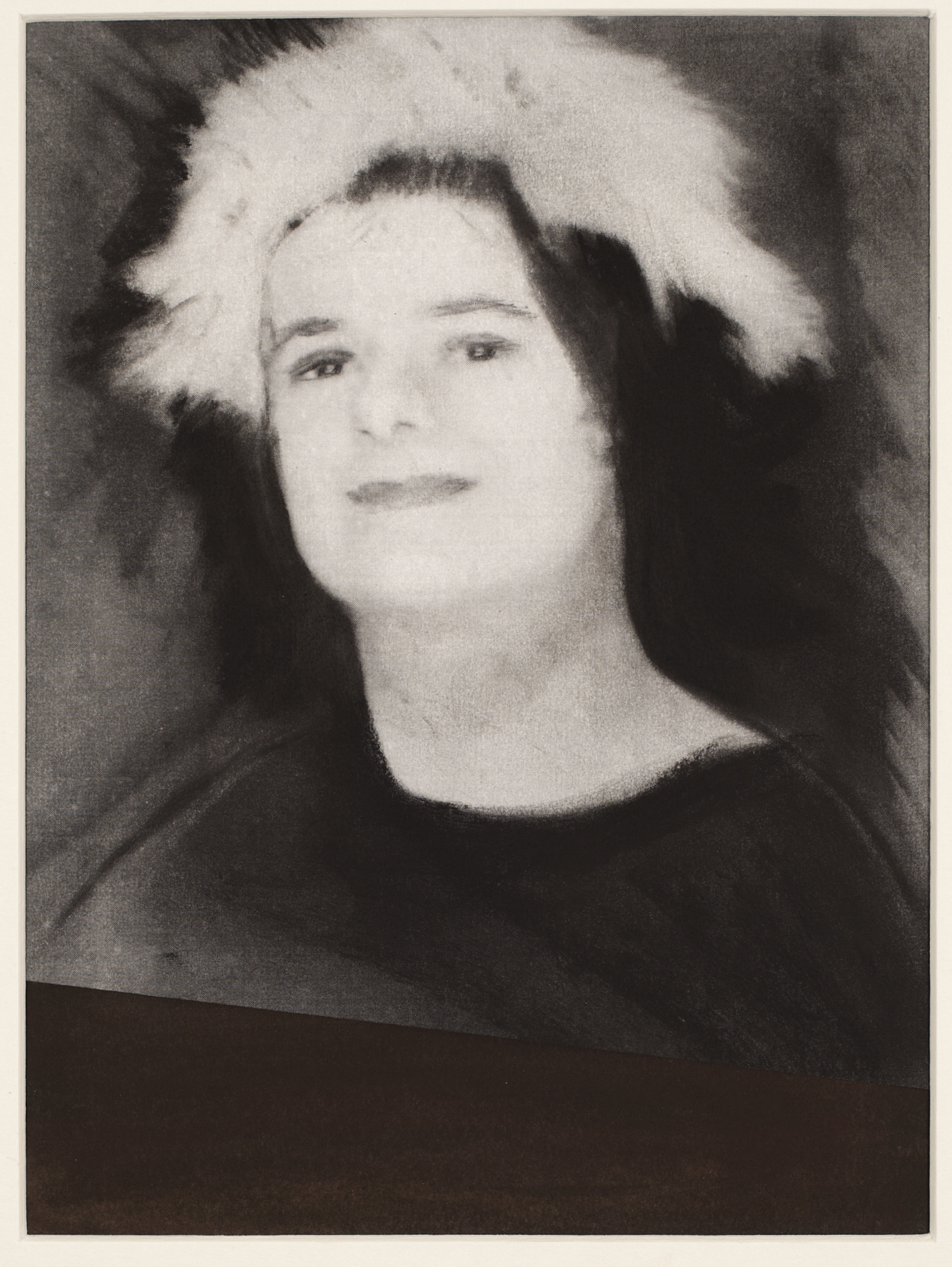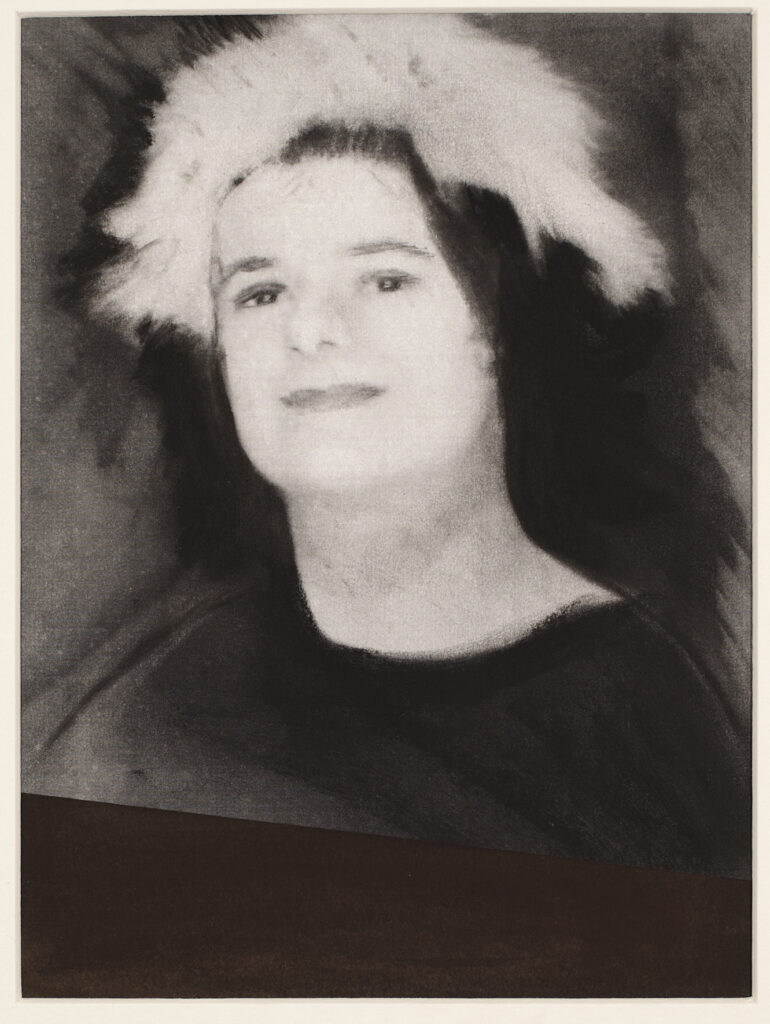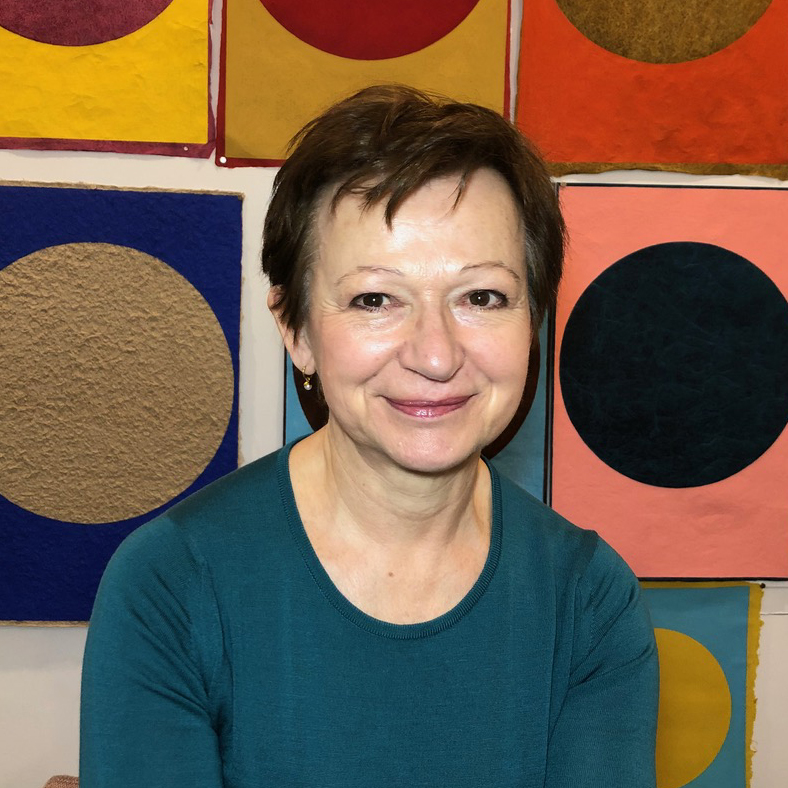Your basket is currently empty!

Public Intimacy, 2021

Public Intimacy
Inaugural exhibition Confer Karnac Education Centre, London.
Curated by Hayley Lock
Fay Ballard, Adam Dant, Karen Densham, Tim Ellis, Hayley Lock, Ged Quinn, Jason Thompson, Richard Wathen, Rieko Whitfield
Curator Hayley Locke: ‘The exterior landscape is transformed into an interior map – the landscape within us – as conversely, we project outward, onto the space we traverse, the motion of our own emotions.Space is, totally, a matter of feeling.’ Giuliana Bruno, ‘Public Intimacy: Architecture and the Visual Arts’ (2007)
